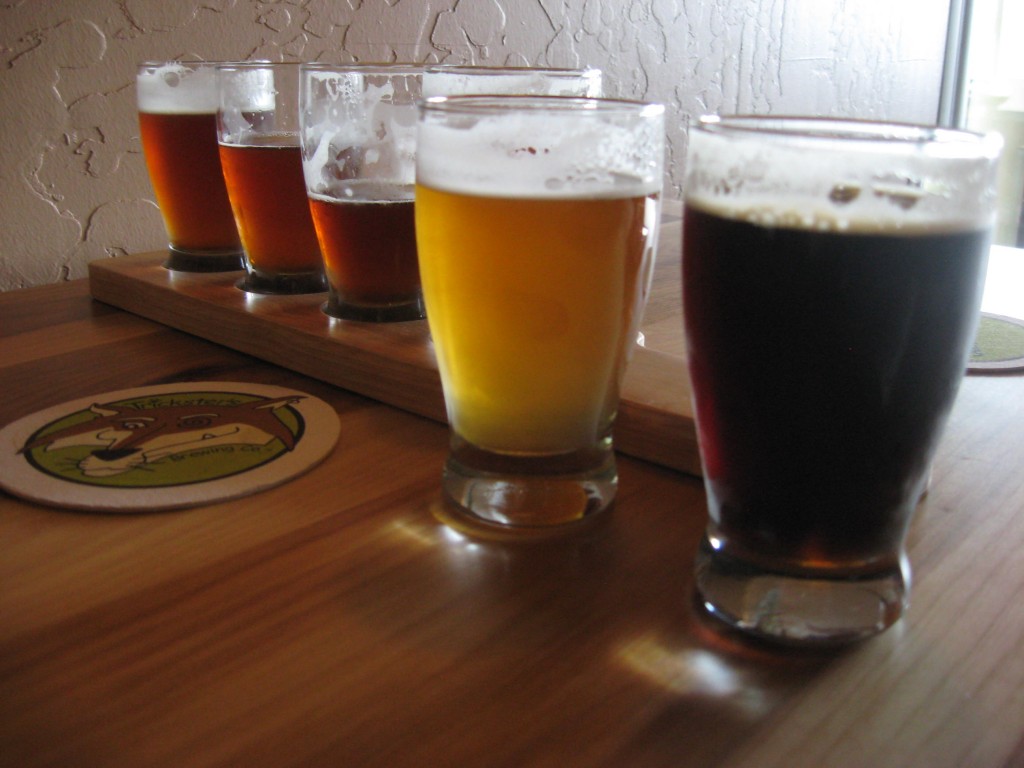The world’s most popular beverage throughout most of recorded history nearly died out after the Middle Ages but now counts as the smallest but fastest growing segment of the American alcohol beverage industry.
What Defines Mead?
In order to understand the mead industry singularly we must first find perspective as it is placed into the larger context of the entire US alcohol beverage industry. Nearly all styles of mead are produced in a winery. This is because the federal government classifies honey as an agricultural product which when fermented in the absence of cereal grains, is classified into one of several categories such as an “Agricultural,†“High Fermentation†or “Other than Standard†wine. These categories are often confusing to both professional mead makers and the governing body, the Alcohol and Tobacco Tax and Trade Bureau, a division of the US Department of the Treasury. Due to this convoluted system, the American Mead Makers Association is working through our legislative committee to restructure the federal classification of mead styles to reflect commonly accepted terminology among the mead making and mead drinking communities. This results in a meadery first being a winery that has the legal ability to ferment the sugars found in fruits such as the grapes in wine and apple juice in hard cider, and certain agricultural products such as honey and other sugars. Special ingredients can also be added as long as they are approved by the formulation division of the Tax and Trade Bureau
Want to read more? Please click…





 Having the ability to critique your beer and identify homebrew off-flavors is an invaluable skill when pursuing the highest quality beer.
Having the ability to critique your beer and identify homebrew off-flavors is an invaluable skill when pursuing the highest quality beer.